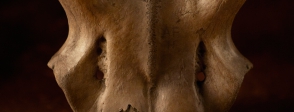It is possible that the headdresses from Star Carr were used to transform their human wearers into animals as an element in some sort of ritual. This concept of transformation is important in traditions of masking through time and across cultures. In Mesolithic Britain, the transformation was probably related to success in hunting red deer. Other uses of a mask may include driving away demons, evoking the support of dead ancestors and making present gods and other spiritual beings. Here is a selection of masks from around the world that illustrate some of the uses to which they are put.
Sri Lankan mask
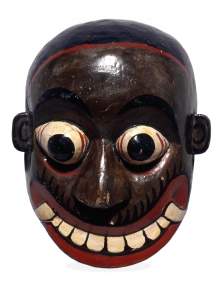
A painted wooden mask of a demon from Sri Lanka.
See more See more: https://www.google.com/culturalinstitute/beta/asset/painted-wooden-mask-of-a-demon/HQE8jzoEiYKZ7wBolivian mask
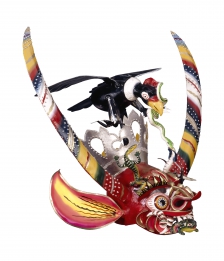
A mask for the Dance of the Devils festival, from Bolivia.
See more See more: https://www.google.com/culturalinstitute/beta/asset/diablada-dance-mask/CwHHBG5nv1OiyABulgarian mask
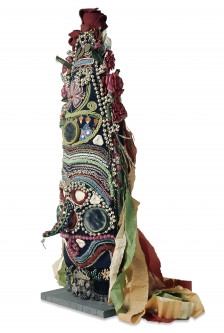
A mask for a fertility festival, from Bulgaria.
See more See more: https://www.google.com/culturalinstitute/beta/asset/mask-from-a-kukeri-masquerade/fQGn_mj8zkSl2QCanadian mask
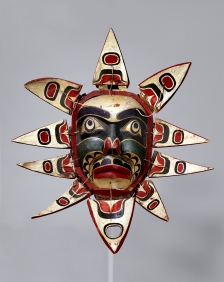
An ancestor mask from British Columbia, Canada.
See more See more: http://www.britishmuseum.org/research/collection_online/collection_object_details.aspx?objectId=527173&partId=1&searchText=canadian+mask&page=1Japanese mask
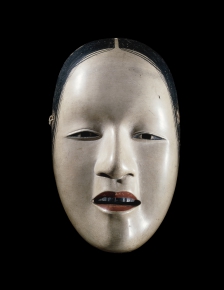
A Nō theatre mask from Japan.
See more See more: https://www.google.com/culturalinstitute/beta/asset/n%C5%8D-mask-of-a-young-woman/AQFOxRFwBdiU3AMicronesian mask
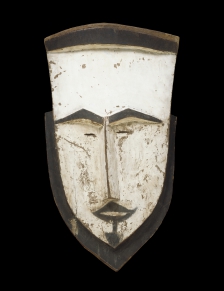
A wooden mask from Micronesia.
See more See more: https://www.google.com/culturalinstitute/beta/asset/wooden-mask/7QH4gTijn_5zyw

